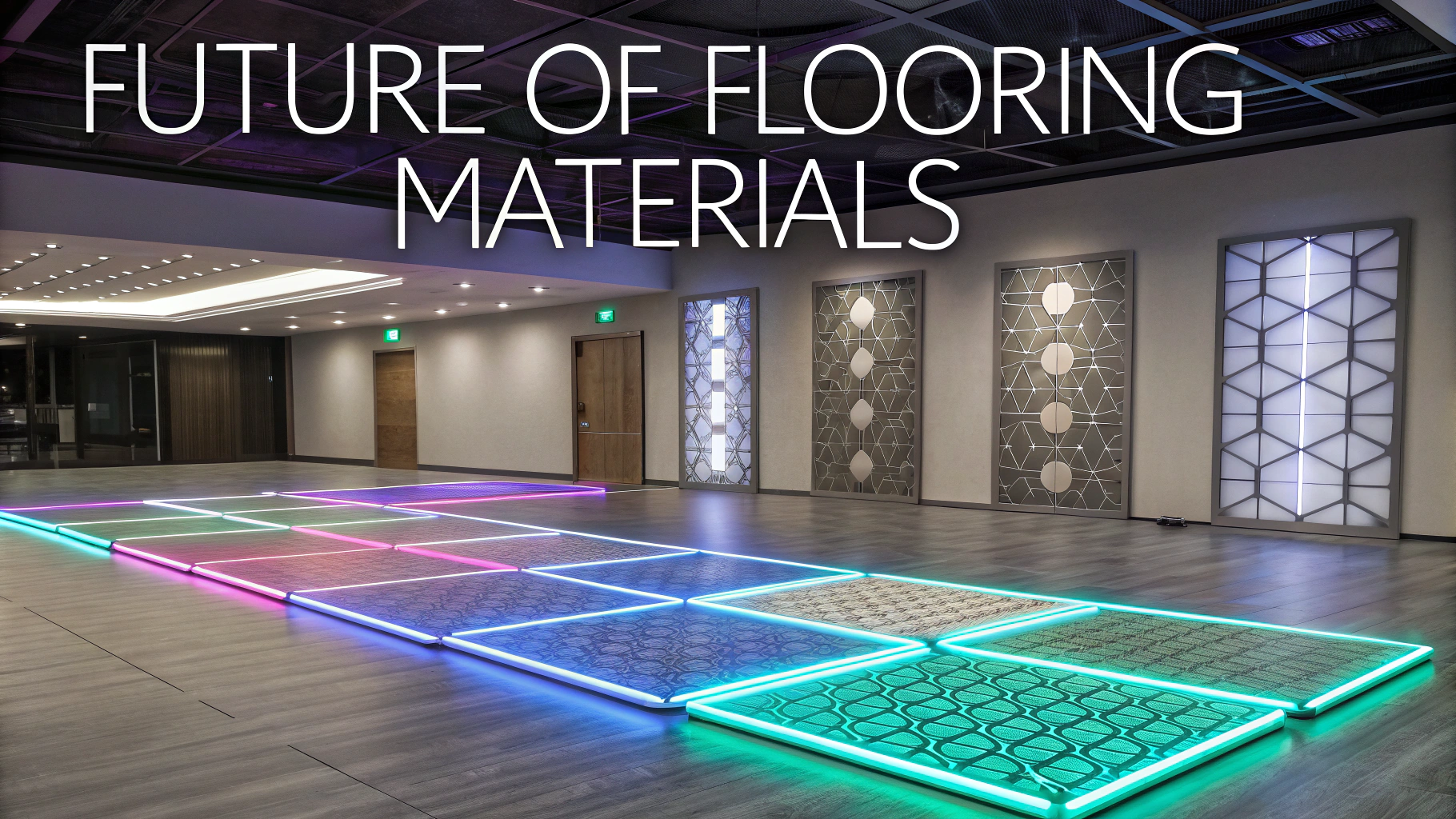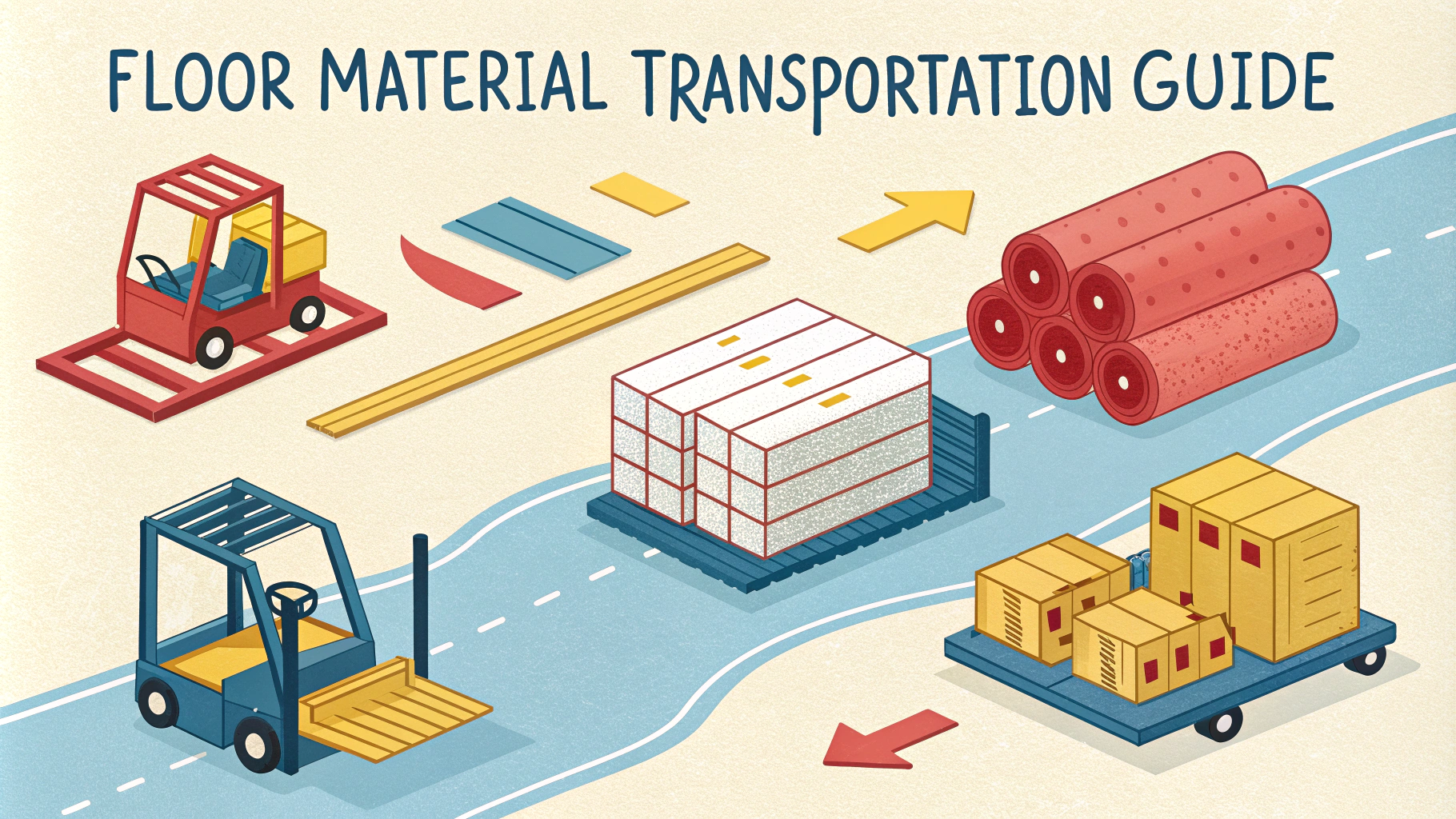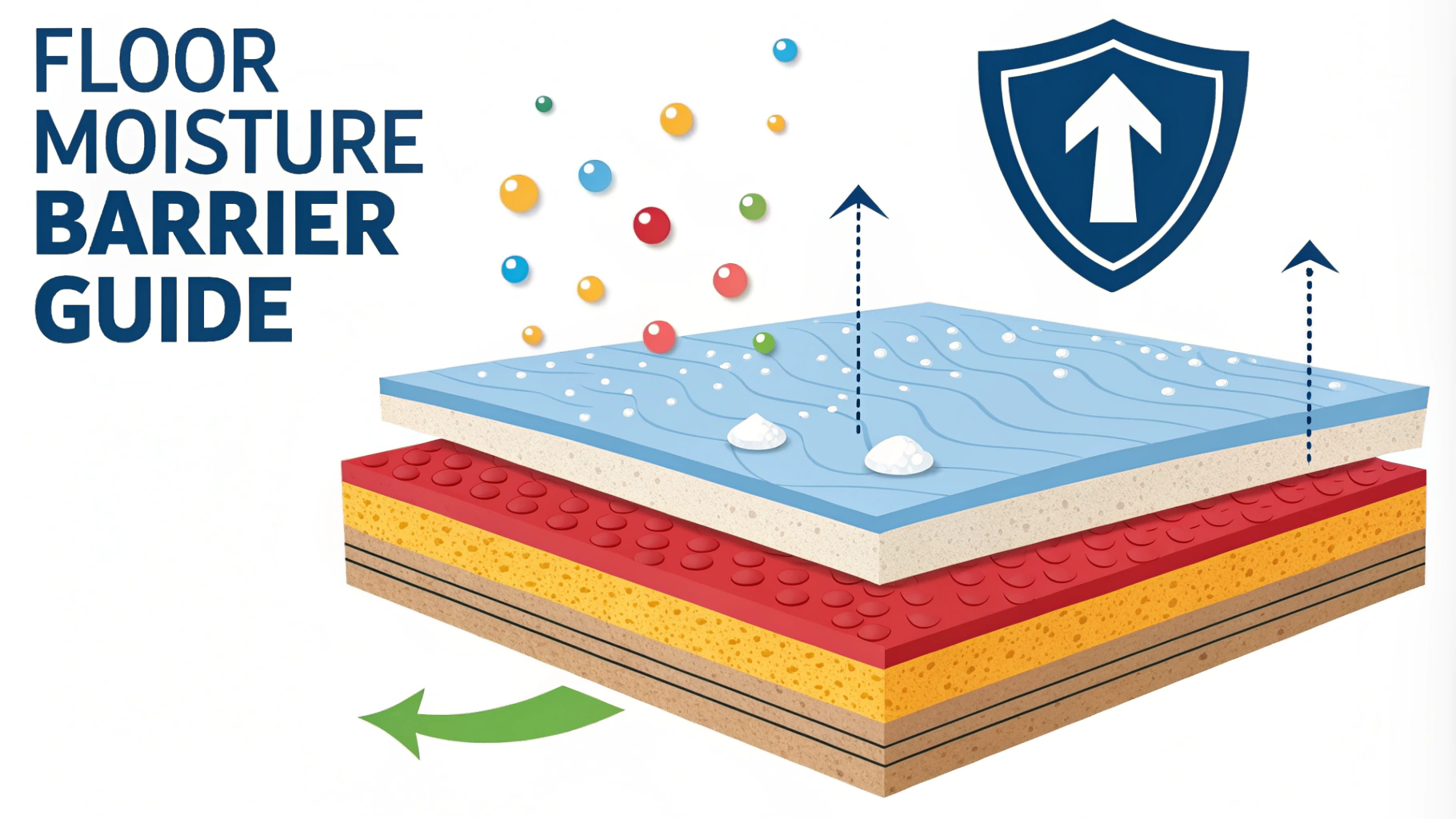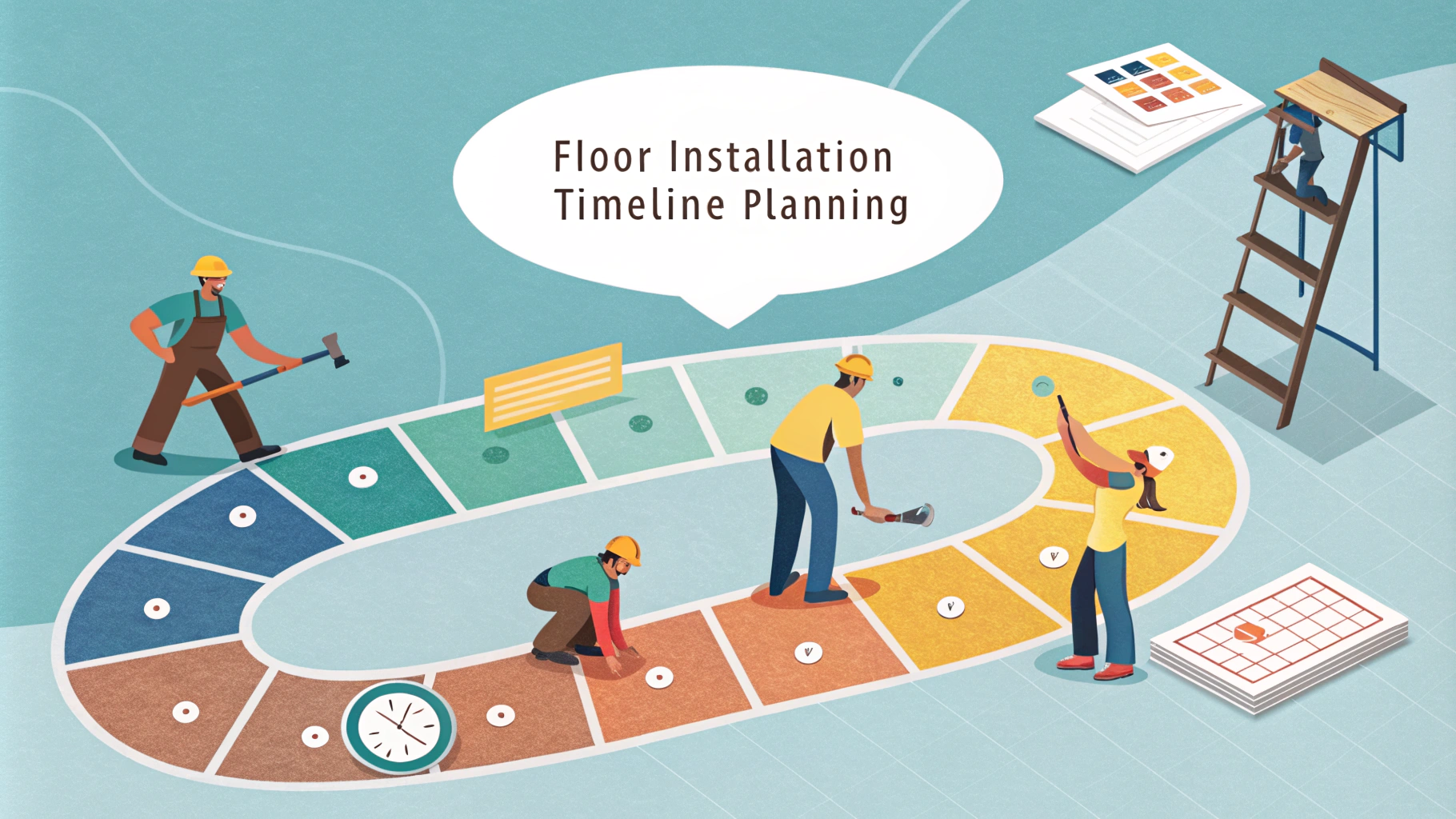Deciding between refinishing your existing floors or replacing them entirely can significantly impact both your home’s aesthetics and your budget.
The right choice depends on several factors including the current condition of your floors, the type of material, and your long-term goals for the space.
This guide helps you evaluate your flooring situation and make an informed decision between refinishing and replacement options.
Signs Your Floor Needs Attention
- Deep scratches or gouges
- Multiple stains or water damage
- Warping or buckling
- Squeaking or loose boards
- Visible wear patterns
When to Choose Refinishing
Hardwood floors with surface-level damage and at least 1/32 inch of wood remaining are prime candidates for refinishing.
Benefits of Refinishing:
- Cost: $3-7 per square foot (vs. $8-15 for replacement)
- Preserves original materials
- Shorter project timeline
- Environmentally friendly option
When Replacement Makes More Sense
Consider replacement when your floors show these issues:
- Structural damage or instability
- Multiple previous refinishing jobs
- Extensive water damage
- Termite infestation history
Cost Comparison
| Service | Average Cost (per sq ft) | Project Timeline |
|---|---|---|
| Refinishing | $3-7 | 2-5 days |
| Replacement | $8-15 | 5-7 days |
DIY vs Professional Work
While refinishing can be a DIY project, certain situations require professional expertise:
- Complex patterns or inlays
- Structural repairs needed
- Historical preservation requirements
- Large areas (over 500 square feet)
Floor Material Considerations
Different materials have varying refinishing potential:
- Solid Hardwood: Can be refinished 6-8 times
- Engineered Wood: 1-2 refinishing cycles possible
- Laminate: Cannot be refinished
- Vinyl: Must be replaced when worn
Taking The Next Step
Contact at least three licensed flooring contractors for detailed assessments and quotes before making your final decision.
For professional consultations, contact the National Wood Flooring Association (NWFA) at 800-422-4556 or visit their website at www.nwfa.org to find certified contractors in your area.
Remember to request recent project photos and references from any contractor you’re considering for your flooring project.
Environmental Impact Considerations
Understanding the environmental implications of your flooring choice helps make a more sustainable decision:
- Refinishing saves trees and reduces landfill waste
- Lower transportation emissions due to fewer materials
- Eco-friendly finishing products available
- Reduced manufacturing impact
Preparation Requirements
For Refinishing:
- Clear and seal off work area
- Remove furniture and fixtures
- Repair minor damage
- Sand existing finish
For Replacement:
- Remove existing flooring
- Assess and prepare subfloor
- Acclimate new materials
- Arrange disposal of old materials
Making Your Floor Last Longer
Regardless of your choice, protect your investment with these maintenance practices:
- Use furniture pads to prevent scratches
- Clean spills immediately
- Maintain proper humidity levels
- Schedule regular professional cleanings
- Use manufacturer-recommended cleaning products
Making the Right Investment for Your Home
Whether choosing refinishing or replacement, consider your home’s value, your long-term plans, and your budget. Both options can significantly enhance your living space when properly executed with the right preparation and professional guidance.
Document your decision-making process and keep all project-related paperwork for future reference and potential home resale value. Remember that quality workmanship and materials typically provide the best return on investment, regardless of which option you choose.
FAQs
- How do I know if my floors need refinishing or complete replacement?
Floors need refinishing if they have surface-level scratches, minor wear, or fading. Replacement is necessary if there’s severe water damage, deep gouges, extensive warping, or multiple prior refinishing jobs that have thinned the wood. - What’s the typical cost difference between refinishing and replacing hardwood floors?
Refinishing typically costs $3-8 per square foot, while replacement costs $10-20 per square foot. This makes refinishing usually 50-70% less expensive than full replacement. - How long does floor refinishing last compared to new flooring?
A professional refinishing job can last 7-10 years with proper maintenance, while new hardwood flooring can last 20-30 years before needing refinishing. - Can engineered hardwood floors be refinished like solid hardwood?
Engineered hardwood can typically be refinished 1-3 times depending on the thickness of the top wood layer, compared to solid hardwood which can be refinished 5-7 times. - What’s the timeline for refinishing versus replacement?
Refinishing usually takes 2-5 days, while complete floor replacement typically requires 5-7 days or more, depending on the space size and flooring type. - Will refinishing eliminate deep stains and pet damage?
Refinishing can address surface stains but cannot fix deep stains that have penetrated the wood or severe pet damage that has affected the wood’s integrity. These usually require board replacement. - How much life is left in my hardwood floors if they’ve been refinished multiple times?
Hardwood floors can typically be refinished 5-7 times before the wood becomes too thin. Each refinishing removes approximately 1/32 inch of wood. - What environmental impact does refinishing have versus replacement?
Refinishing is more environmentally friendly as it preserves existing materials, while replacement requires new resources and creates waste from disposing of old flooring. - Can I refinish my floors if they have structural issues?
Structural issues like sagging, extensive rot, or loose boards must be addressed before refinishing. If more than 30% of the floor has structural damage, replacement is usually recommended. - How do seasonal changes affect the decision between refinishing and replacement?
Seasonal humidity changes can cause wood expansion and contraction. If floors show excessive gapping or crowning throughout seasons, replacement might be necessary rather than refinishing.







